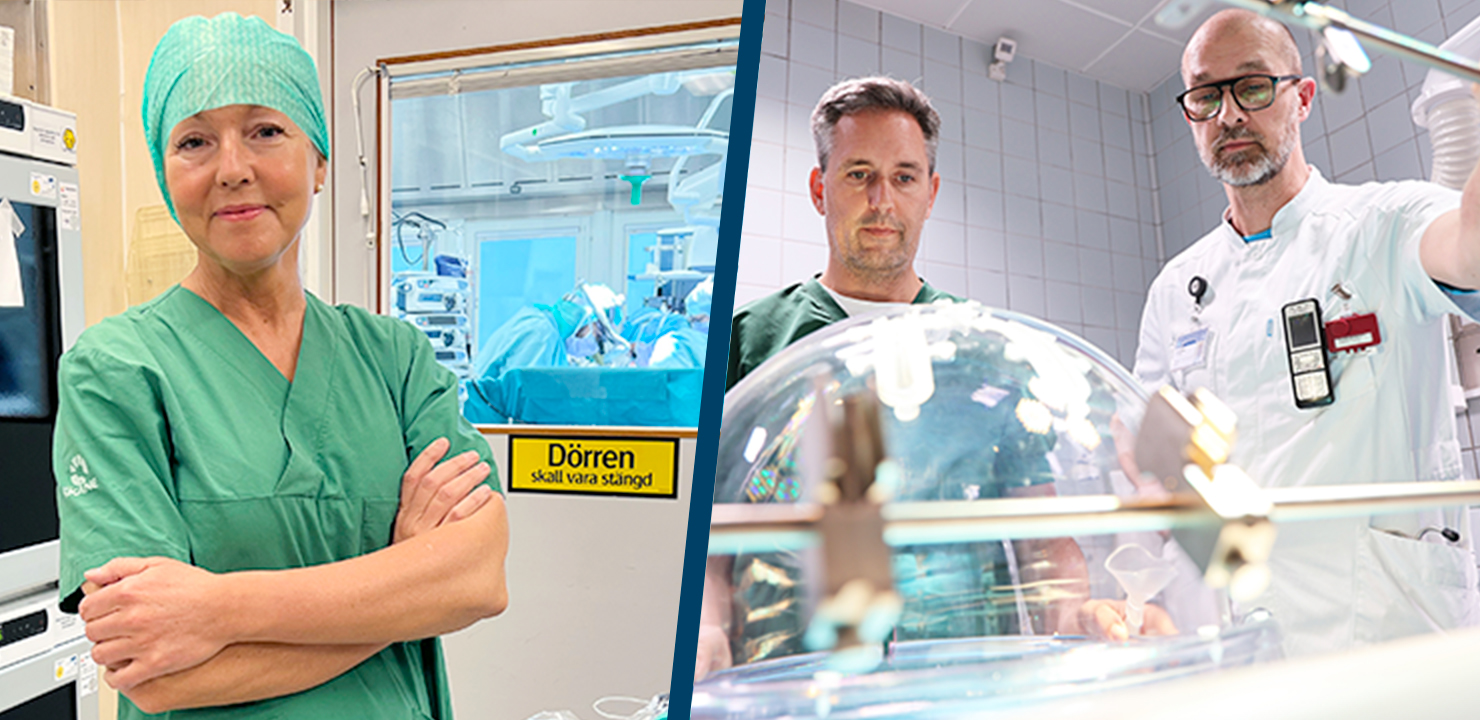Danish-Swedish project aims to create revitalising facility for damaged lungs

The wait for a lung transplant is long, even though it is often the only option for patients with severe lung disease. There are not enough donated organs, and more donations alone would not solve the problem.
“Many donated lungs are damaged and therefore cannot be used for transplantation. Hence, investments are needed to manage, refurbish, and treat damaged lungs,” says Sandra Lindstedt, senior consultant in thoracic surgery at Skåne University Hospital and adjunct professor at Lund University.
First facility in Europe
Compared to current methods, it also makes it easier for doctors to assess whether a lung is suitable for transplantation. This means that more donated lungs can be used for transplantation.
“Currently, 20 to 50 per cent of donated lungs can be used for transplantation. With this project, we hope to increase the number by at least 20 per cent,” says Peter Hasse Møller-Sørensen, senior consultant at Rigshospitalet in Copenhagen.
Centralising EVLP from multiple hospitals into one facility boosts knowledge and efficiency. Thus, the project will create Europe's first centralized EVLP facility at Rigshospitalet in Copenhagen, Denmark.
“If each hospital doing lung transplants sets up its own operations, there wouldn't be enough lungs at each hospital. Quantity is necessary for achieving quality and efficiency, as seen in experiences from places like the United States,” says Michael Perch, Senior Consultant at Rigshospitalet and Associate Professor at the University of Copenhagen.
Need for new treatments
However, not all donated lungs can be improved with EVLP. Therefore, new treatments are needed to restore damaged lungs for transplantation. Research at Skåne University Hospital suggests that treatments using a specific type of stem cell, a form of advanced therapeutic medicinal products (ATMP), could be a solution.
“Our studies show that ATMP treatments using mesenchymal stem cells (MSC) can restore damaged lungs for transplantation,” says Sandra Lindstedt.
To develop new treatments, a joint development and testing process will be established, using models from researchers at Skåne University Hospital. Lungs unsuitable for transplantation after EVLP can be used to test new treatments.
"This will promote innovation in lung transplantation therapies in Sweden and Denmark and enable their efficient introduction into clinical practice," says Sandra Lindstedt.
Equal care
In the third part of the project, efforts will focus on improving equality in lung transplant opportunities. The current complex process can disadvantage those who do not speak Swedish or Danish and struggle with the healthcare systems.
"We in healthcare need to collaborate closely with patients and patient associations to ensure everyone understands the processes and how the healthcare system works," says Sandra Lindstedt.
Facts: The Interreg Project The Bridge – Lungs for Life
- A collaboration between Region Skåne (Skåne University Hospital), Region Hovedstaden (Rigshospitalet), and the medical technology company XVIVO
- Budget: 2,699,998 euro
- Granted EU funds: 1,619,999 euro
- Project period: 1 January 2024 - 31 December 2026
- The Bridge – Lungs for Life | Interreg Öresund-Kattegat-Skagerrak (interreg-oks.eu)

